Pediatric Migraine Treatment Guidelines
Pediatric migraine treatment guidelines. Treatment of pediatric migraines requires a multitiered approach Table 3 which tailors an individualized treatment plan to each patients headache pattern and lifestyle and that can accommodate changes if needed22 Headache frequency may spontaneously increase for example and patients may require higher or lower doses than for previous headaches or for more difficult headaches combination therapy. Recommendations for Acute and Preventive Treatment No medications have been shown to be more effective than placebo for preventing migraine in children and adolescents. The expectations for the success of treatment should take account of the level to which psychological factors are contributing to symptoms.
Pharmacologic Treatment for Pediatric Migraine Prevention This is a summary of the American Academy of Neurology AAN and American Headache Society AHS practice guideline update Pharmacologic Treatment for Pediatric Migraine Prevention which was published in Neurology online on August 14 2019 and appears. Not all treatments acute or prophylactic work for every patient. Analgesics or acute medicines of any type are not used more than twice per week unless the patient is under medical supervision.
The present attack in a patient with migraine without aura is typical of previous attacks except for its duration headache has both unremitting for 72 hours and severe intensity is not attributed to another disorder Acute Treatments in preferential order. Guidelines for acute treatment Worthington CJNS 2013 Guidelines for prophylaxis Pringsheim CJNS 2012 Guidelines for acute treatment in the ED Orr Cephalalgia 2014 Review on nutraceuticals Orr Cephalagia 2015 Review on migraine for primary care Becker Can Fam. Pharmacologic treatment for pediatric migraine prevention external link opens in a new window Published by.
The CHS members have published guidelines and articles that can be downloaded. Begin effective acute treatment as early in the migraine attack as possible. Migraine appears to result from a genetically sensitive brain wherein the pathways that normally.
The American Academy of Pediatrics has endorsed the following publication. 4 to 11 percent in 7- to 11-year-olds and 8- to 23 percent by age 15 according. Pharmacologic treatment for pediatric migraine prevention Report of the Guideline Development Dissemination and Implementation Subcommittee of the American Academy of Neurology and the American Headache Society.
Migraine is common in children and adolescents with a prevalence of 1 percent to 3 percent in 3- to 7-year olds. AHS will provide this service to assist all health care professionals in their treatment of patients with migraine and related disorders. CBT appears to be effective for reducing migraine frequency in children.
Infrequently children or adolescents who are experiencing migraine attacks more than twice a. American Academy of Neurology.
Endorsed by the American Academy of Pediatrics and the Child Neurology Society.
Infrequently children or adolescents who are experiencing migraine attacks more than twice a. Not all treatments acute or prophylactic work for every patient. Practice Guideline Update. Migraine is common in children and adolescents with a prevalence of 1 percent to 3 percent in 3- to 7-year olds. Endorsed by the American Academy of Pediatrics and the Child Neurology Society. Infrequently children or adolescents who are experiencing migraine attacks more than twice a. American Academy of Neurology. Pharmacologic Treatment for Pediatric Migraine Prevention. Pharmacologic treatment for pediatric migraine prevention external link opens in a new window Published by.
Pharmacologic treatment for pediatric migraine prevention Report of the Guideline Development Dissemination and Implementation Subcommittee of the American Academy of Neurology and the American Headache Society. Recommendations for Acute and Preventive Treatment No medications have been shown to be more effective than placebo for preventing migraine in children and adolescents. Replaces Pharmacological Treatment of Migraine Headache in Children and Adolescents December 2004. Migraine appears to result from a genetically sensitive brain wherein the pathways that normally. Practice guideline update summary. Pharmacologic treatment for pediatric migraine prevention external link opens in a new window Published by. Endorsed by the American Academy of Pediatrics and the Child Neurology Society.
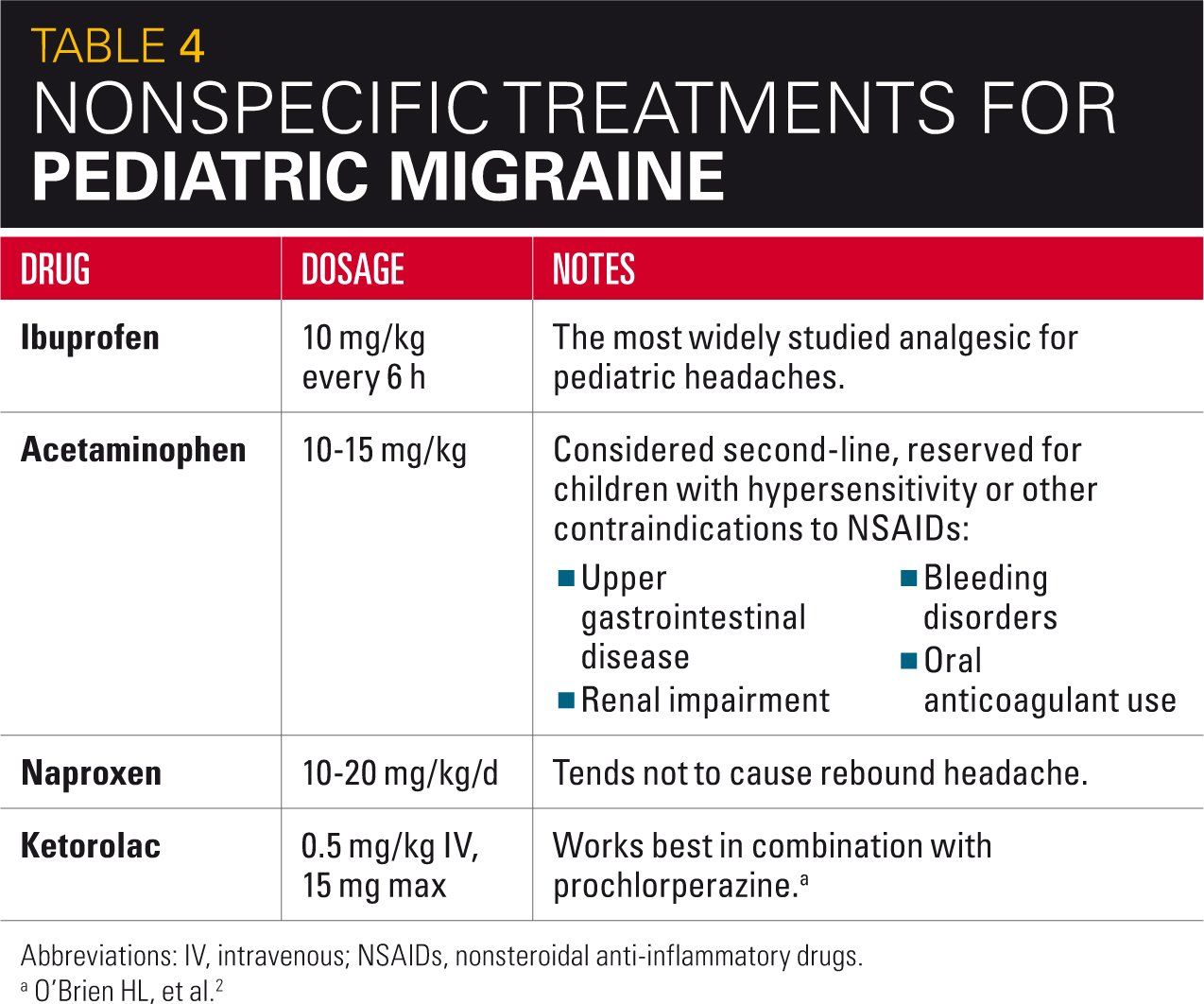
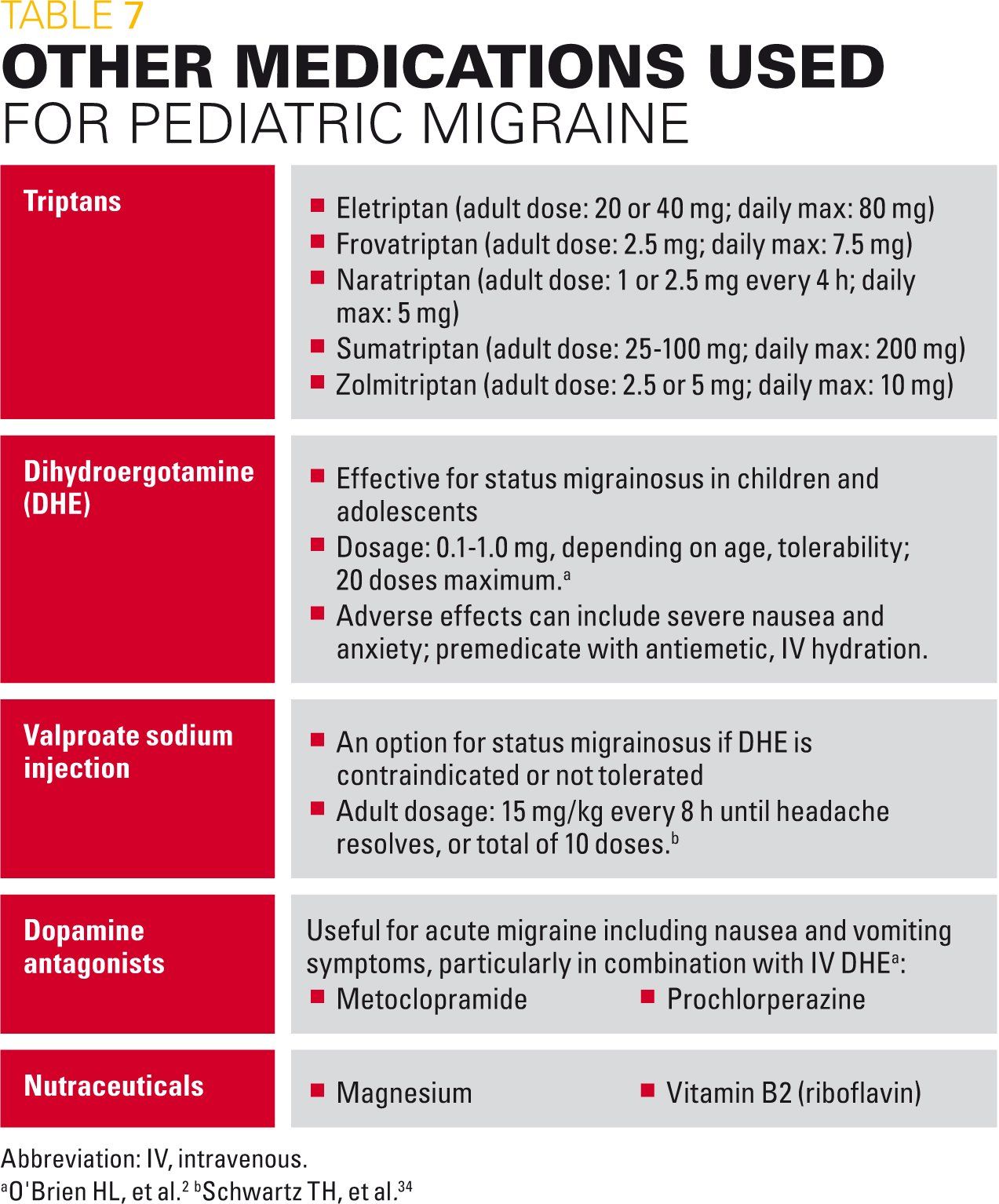

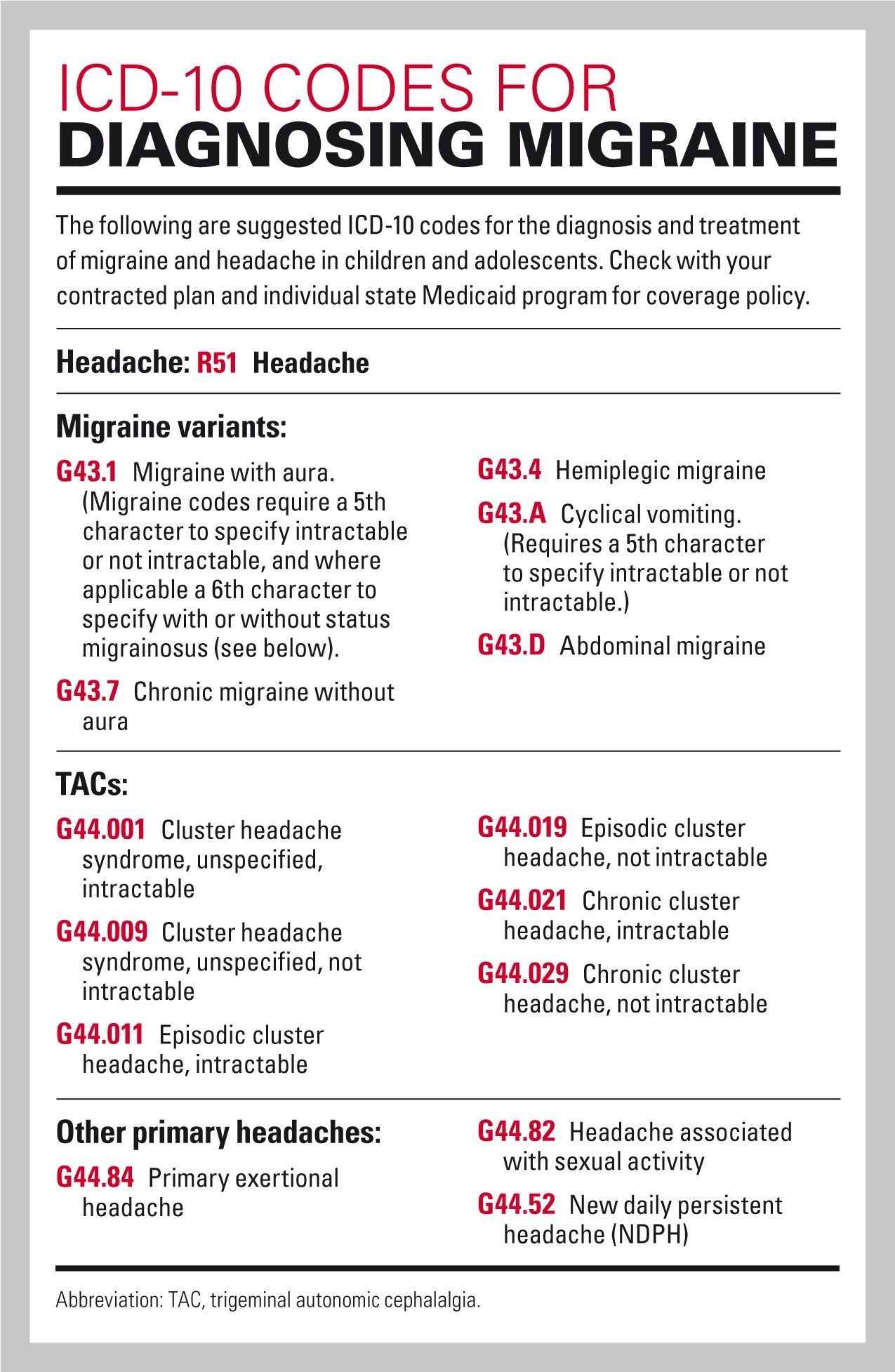
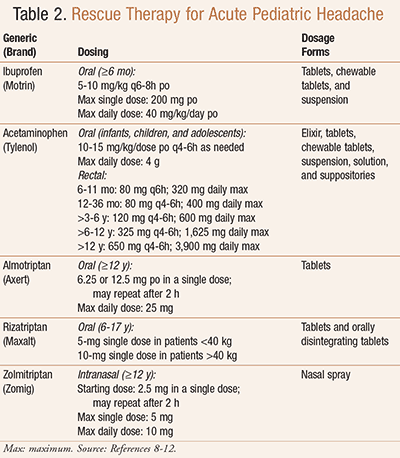
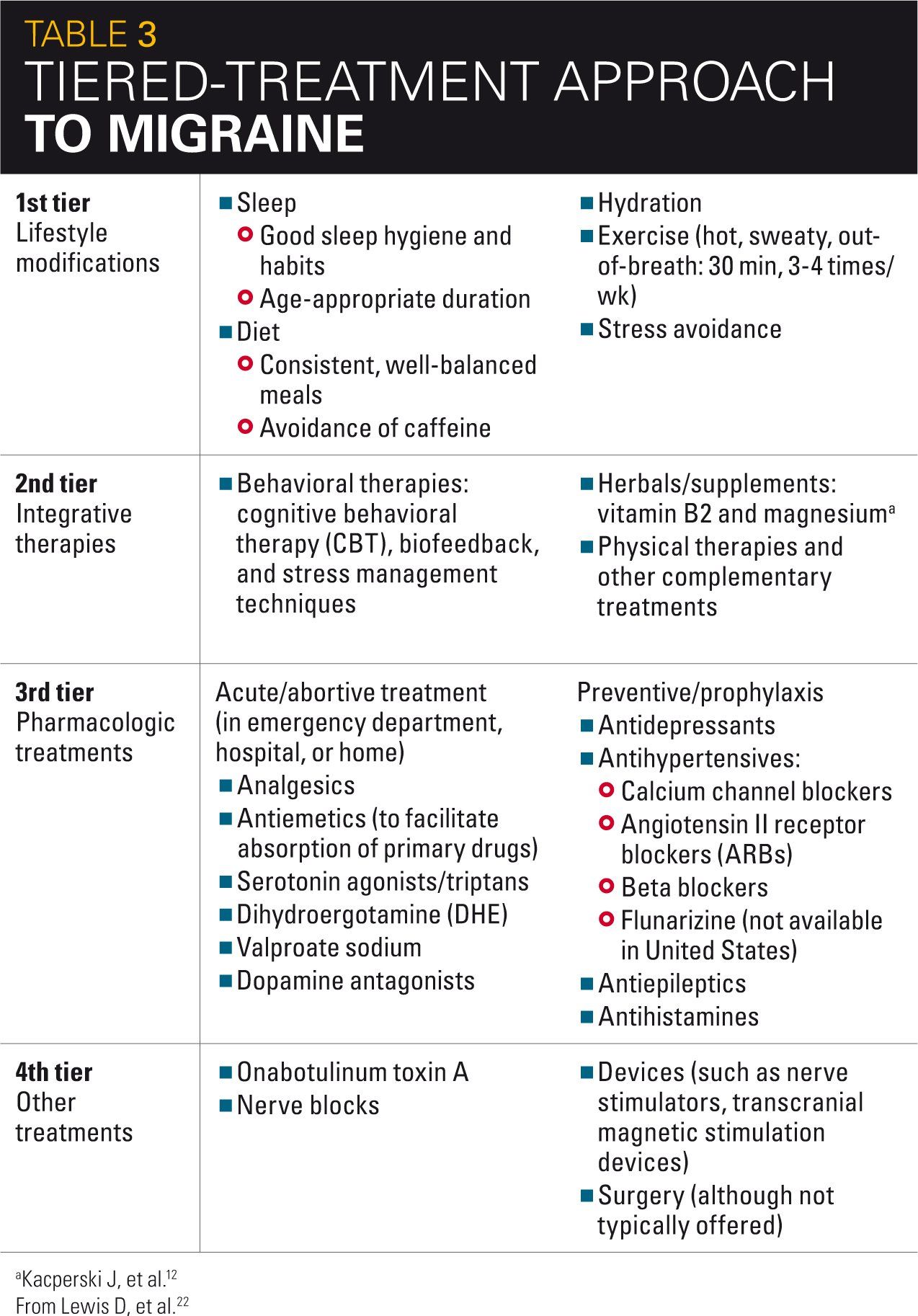
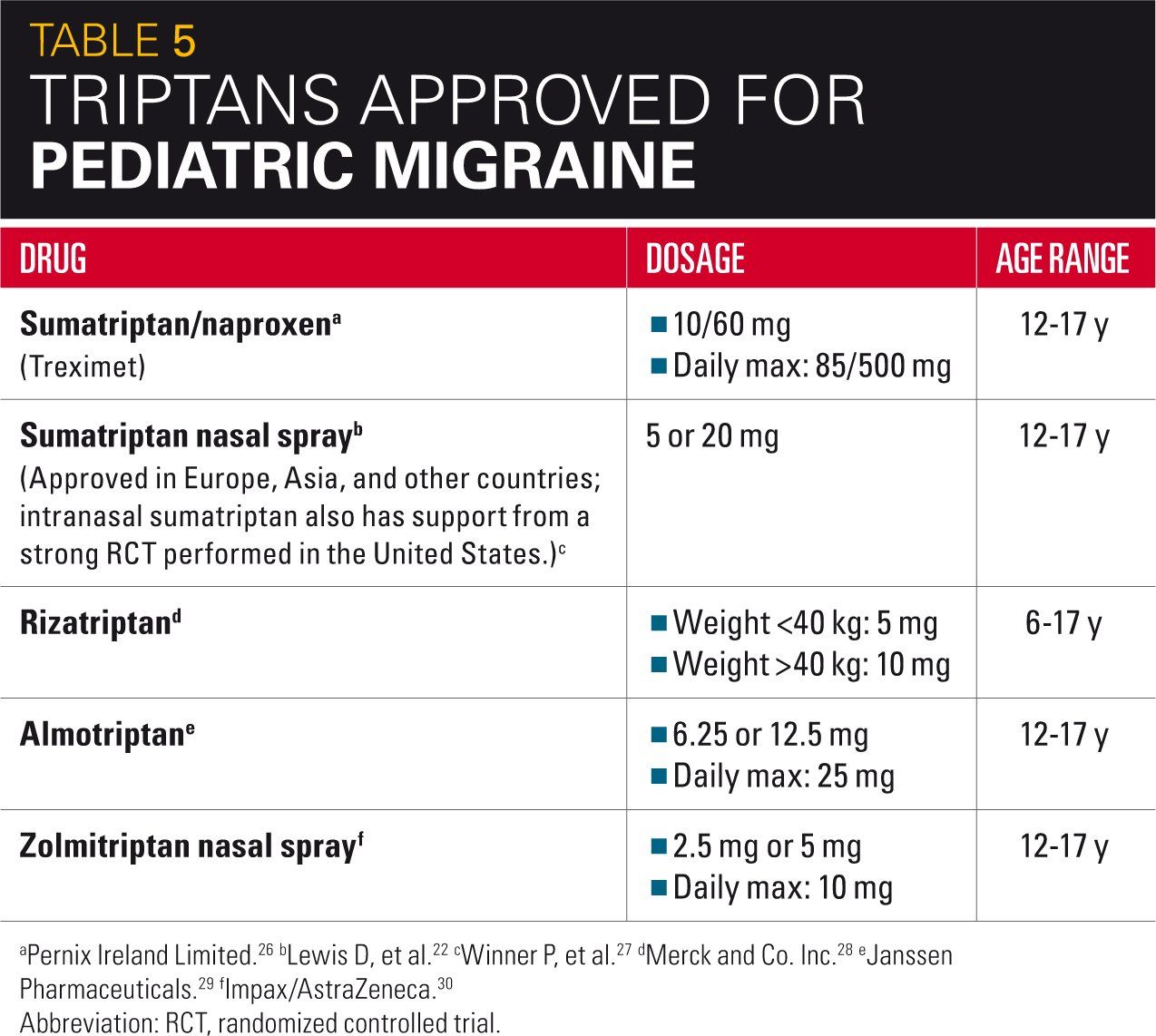

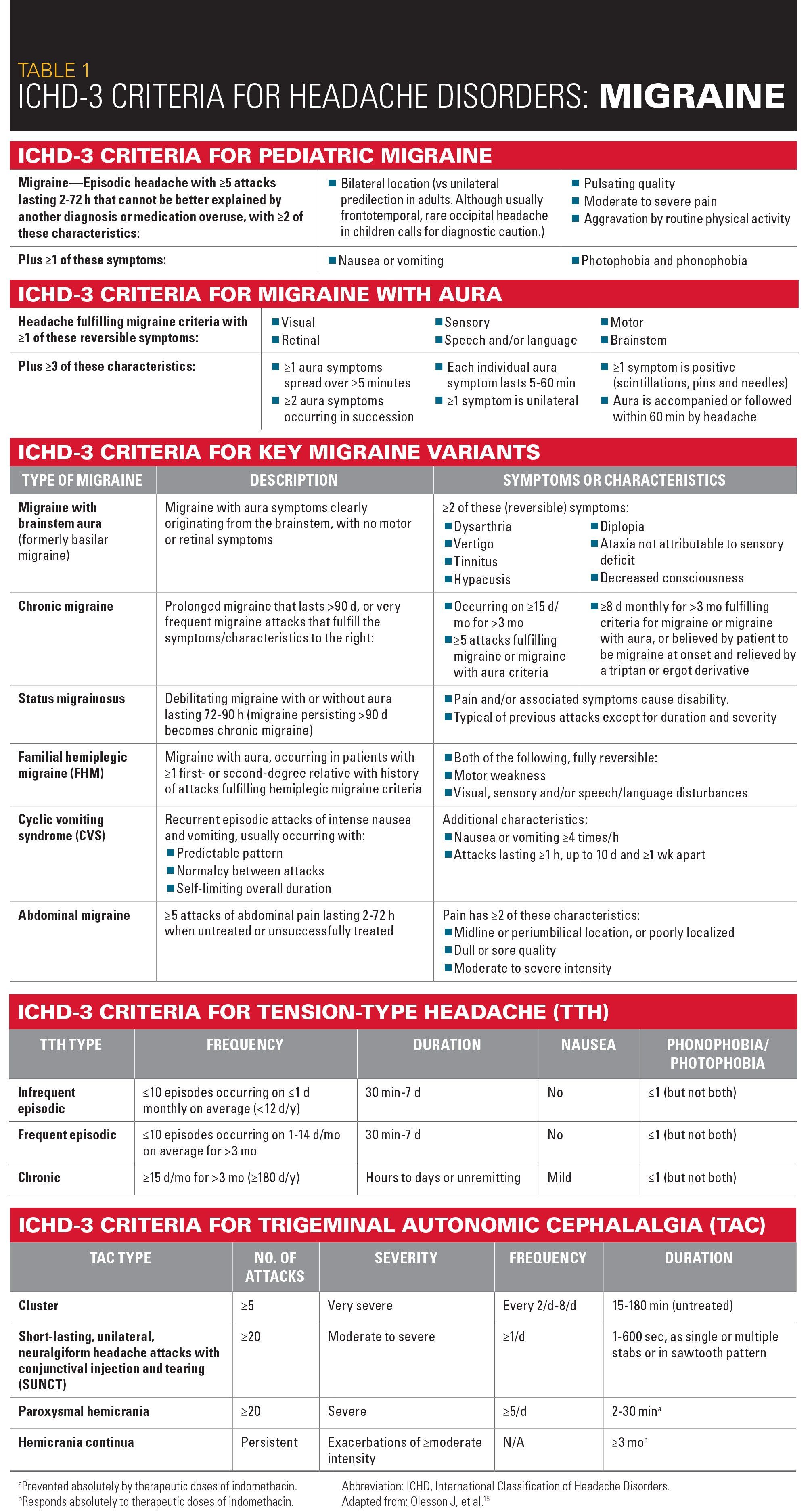
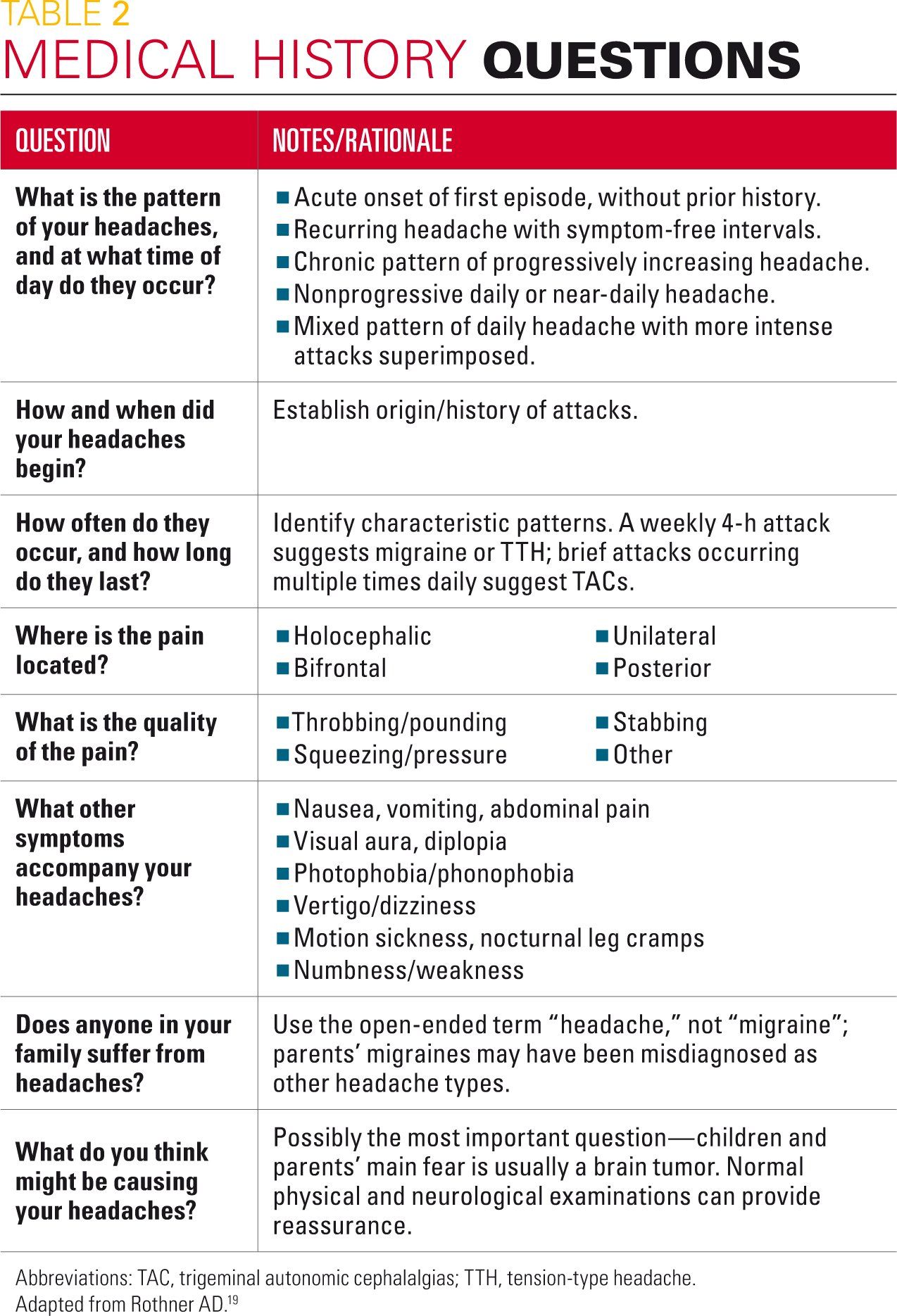

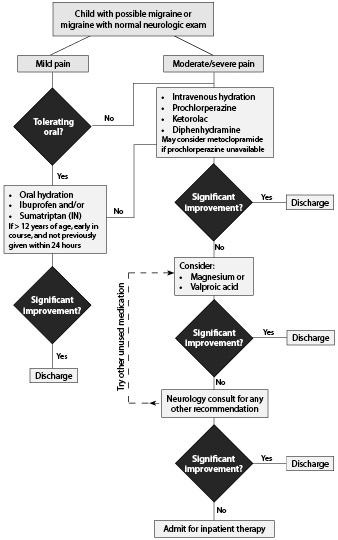
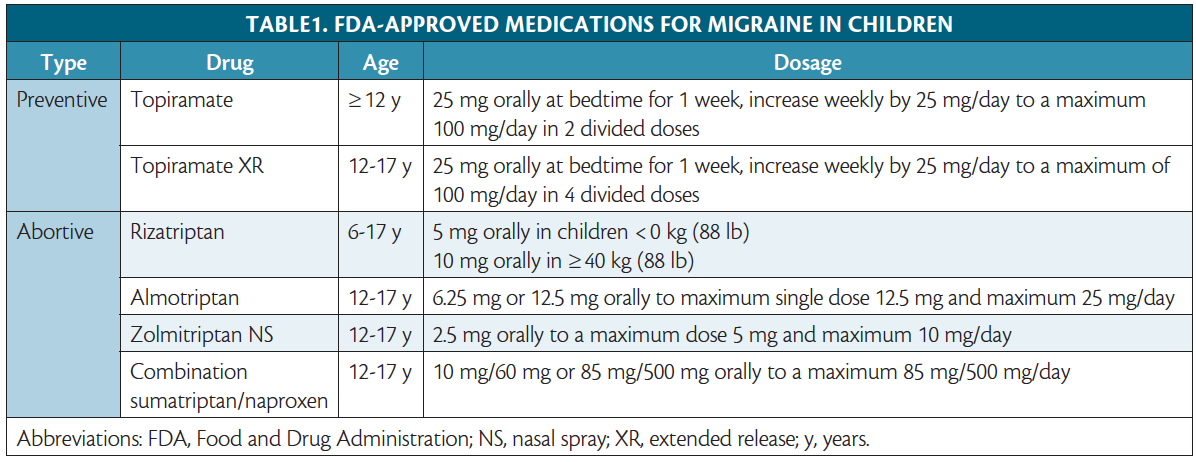
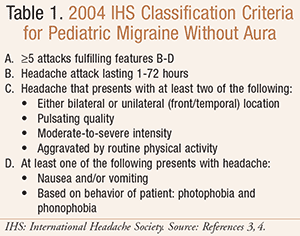



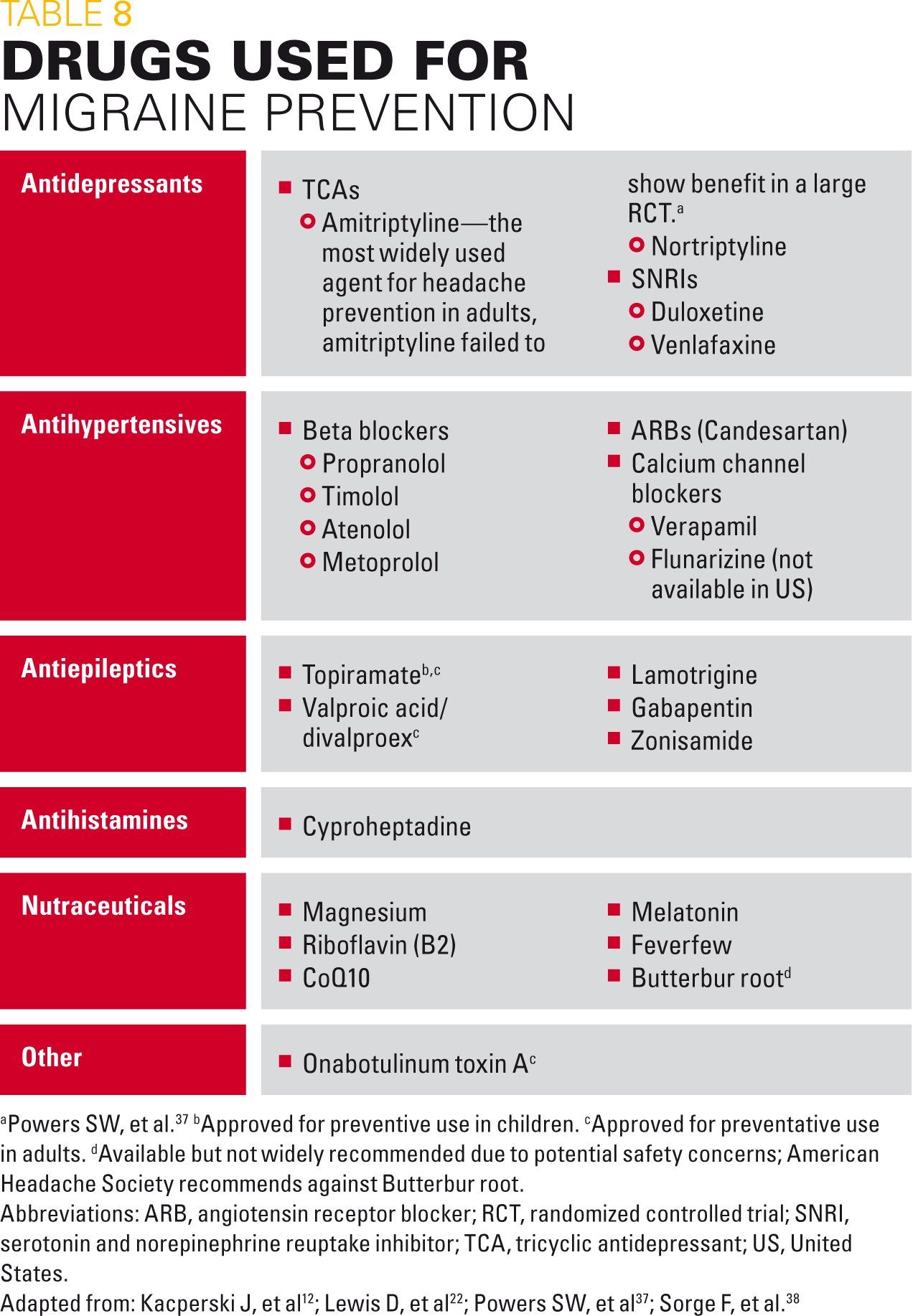
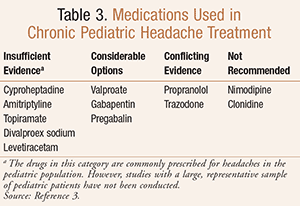










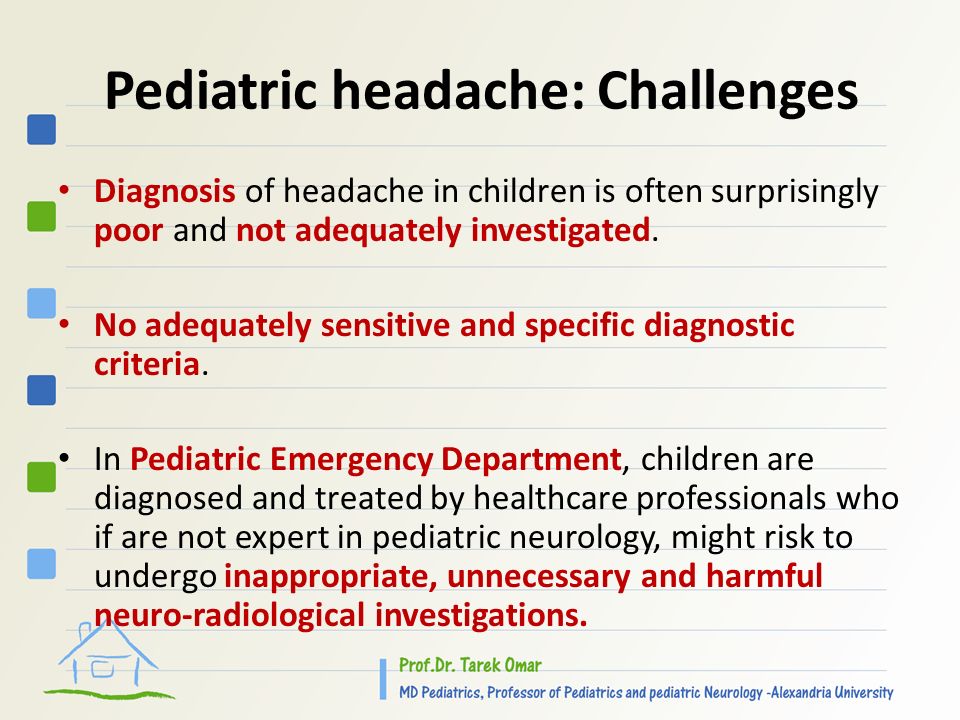







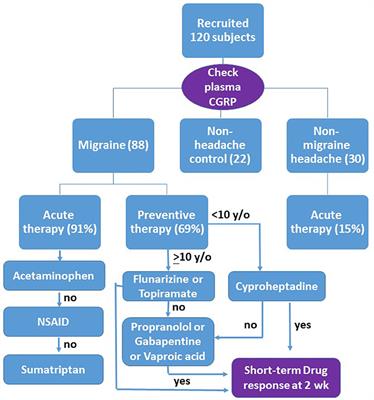


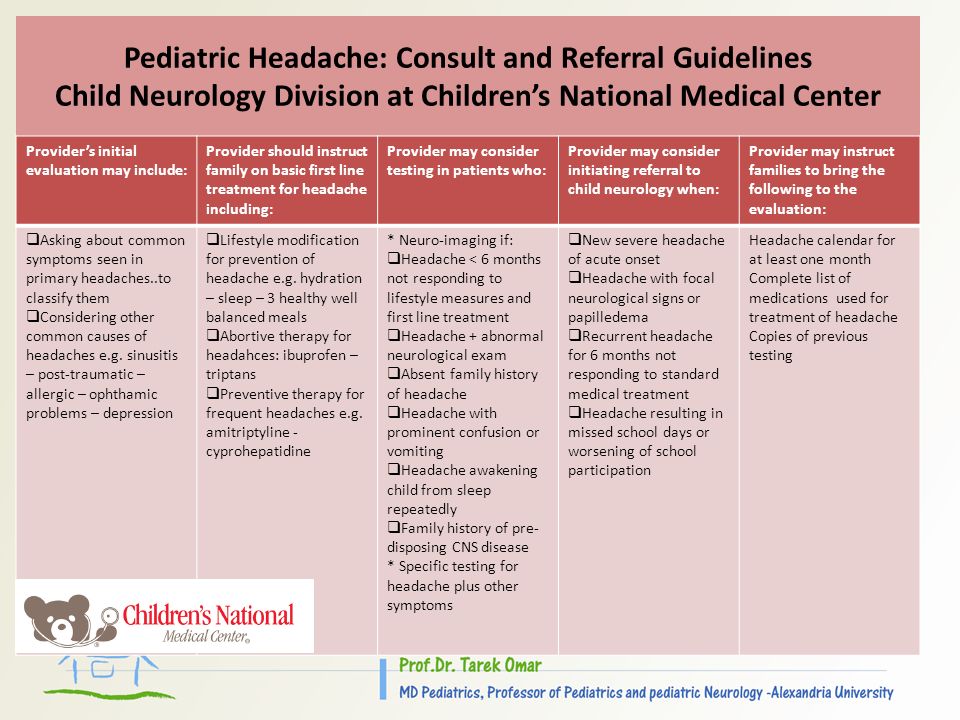




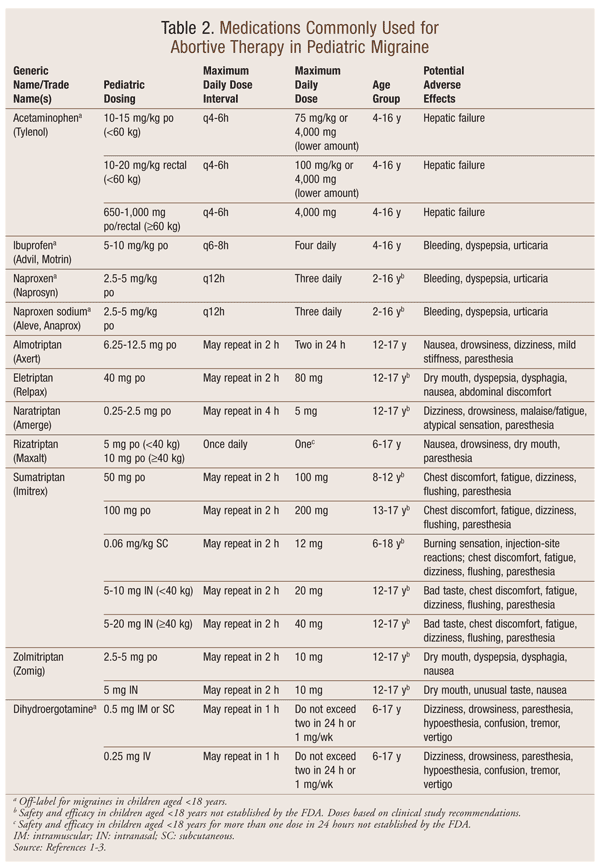
Post a Comment for "Pediatric Migraine Treatment Guidelines"